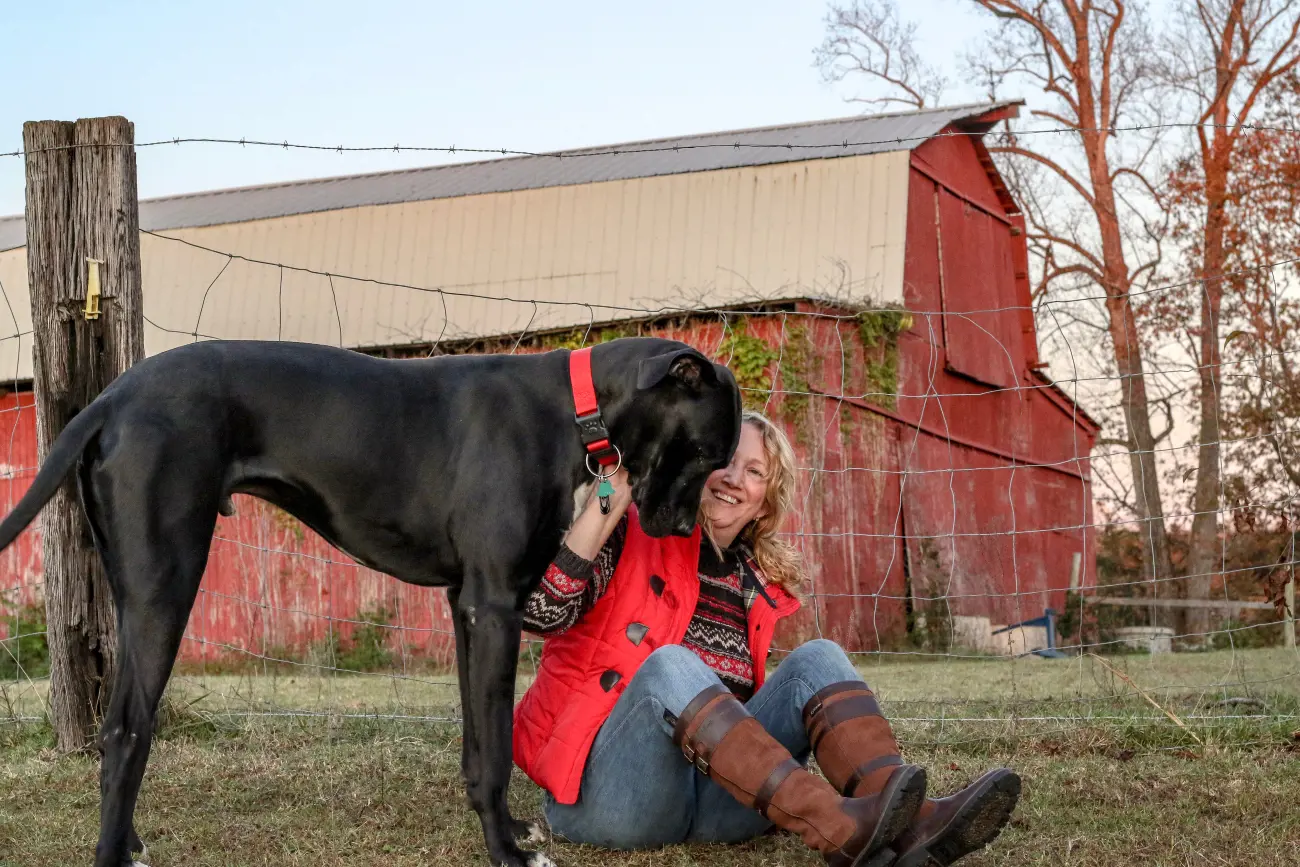How to clean your dogs’ teeth
7th October, 2021

Although there are special diets, dental chews, powders, and additives to go into your dog’s water to prevent plaque from developing on your dogs’ teeth - the best way to prevent dental disease is to brush your dog’s teeth.
Here is some helpful information from the Registered Vet Nurses on the Vet Nurse Helpline on brushing your dog’s teeth.

Make sure you have everything you need close to hand before you begin
-
Your dog
-
doggy toothpaste
-
doggy toothbrush or finger brush
-
plenty of your dog’s favourite treats
Choose the easiest time in your daily routine when you will remember to do it.
Start by stroking the outside of your dog’s cheeks for a couple of minutes at a time and gently holding their muzzle closed, repeat this for a couple of days, ending the session with plenty of praise and reward your dog afterwards with treats.
When they are comfortable with this, introduce the toothpaste. Dog toothpaste is free from fluoride and best of all tastes of meat! Offer your dog some to lick from your finger so they can sample the flavour.
Hold the muzzle gently closed (with your hand to the side so they can breathe through their nose), lift the upper lip at the side of the mouth and apply toothpaste to the teeth using your finger. Insert your finger under the upper lip at the side and with a backwards and forward motion along the cheek you can begin to rub toothpaste onto the teeth using plenty of praise and rewards at the end.
Once you both get used to this you can then start to get to the big teeth right at the back, keep the mouth gently closed so they can’t chew the brush, don’t do anything if there is a risk you’re going to get bitten.
After a week or two of applying toothpaste on a daily basis your dog should be more comfortable with what you are doing, so when you are both ready and feeling confident it is time to introduce the toothbrush or finger brush. The bristles are important in disrupting the plaque.
Apply a pea size amount of toothpaste to the brush and gently hold the mouth closed, use your thumb or finger of the same hand to lift the upper lip.
Brush the teeth for a few seconds each using a circular motion. Don’t worry about the small incisor teeth at the very front of the mouth until you are more used to the process as they are sensitive and may make your dog sneeze! Don’t spend long the first time you do this - you are just getting your dog used to it.
Change your grip to lift the lip on the other side of the mouth, repeat lots of praise afterwards and reward your dog with their favourite treat.

As you get more confident, you want to ensure you access the big molars at the back of the mouth which are hard to see when the mouth is closed - to get to these you will need to slide the brush inside the cheek and begin brushing.
Once you are happy brushing all the upper teeth you can allow the mouth to open a little and then brush along the gumline of the lower teeth too.

Now you’re a pro at this you can start doing the small incisors at the front of the mouth too.
Helpful Pages
Recent Posts

Why do Great Danes bury their heads?
12/03/25
Find out more about Beagles
28/02/25Pet Insurance Quote
- 98% claims paid *
- Claims paid directly to vets
- 24/7 vet video consultations
- Interest free monthly payments


